
What is a Crypto Wallet and How does It Work
Cryptocurrency is becoming a popular way to keep savings. Like any other tool designed to deal with finance, a crypto wallet requires methods of reliable protection. In this article, you will learn about creating a personal crypto wallet, the principles of its operation and methods of fund protection.
What Is A Crypto Wallet?
A crypto wallet is a secure solution for storing cryptocurrencies. Designed to safely store your private keys, crypto wallets protect your assets and ensure their safety. They allow transactions with cryptocurrencies that are kept on the blockchain.
Cryptocurrency wallets come in different types, including hot and cold wallets that each have benefits. When setting up a wallet, choosing a reliable provider is crucial, especially for hot ones that operate online.
For example, Cryptomus has a great crypto wallet with top-notch protection measures and a simple interface. It allows you to store and stake your crypto, as well as convert digital assets with real-time market data. To boost your wallet’s security, enable two-factor authentication (2FA) and set a PIN code to prevent unauthorized access. That way, you’ll be managing your assets in the safest way possible.
How Does A Cryptocurrency Wallet Work?
Let’s find out more about the access keys. This is a long sequence of random numbers and symbols that is difficult to hack, so it ensures reliable protection against cyberattacks. The public key serves as the address or personal number of the wallet. You will need to find out the wallet address if you want to send the cryptocurrency to another person. A wallet’s private key is comparable to a bank card’s PIN or personal password. With the private key, other users may gain access to your funds, so it should be kept carefully.
When you create a wallet, it will need to be funded. You can receive cryptocurrencies from another wallet or use a peer-to-peer (P2P) exchange. After that, your wallet will be ready to work.
The main functions of all crypto wallets are to receive, transfer and store cryptocurrency. Let’s find out more:
- To receive bitcoin or other crypto, you need to get the wallet address, copy and transmit it to another user.
- Accordingly, to send a cryptocurrency you need to know the recipient’s wallet address. Since you won’t be able to reverse the transaction or get your money back, double-check that the amount and address are entered correctly.
- As a result, the wallet will store your purchased or received cryptocurrency, so further you can start managing it easily.
Some wallets even give you an opportunity to stake crypto for passive income, as well as to connect to decentralized applications (DApps) and use smart-contracts for making transactions (but on certain networks).
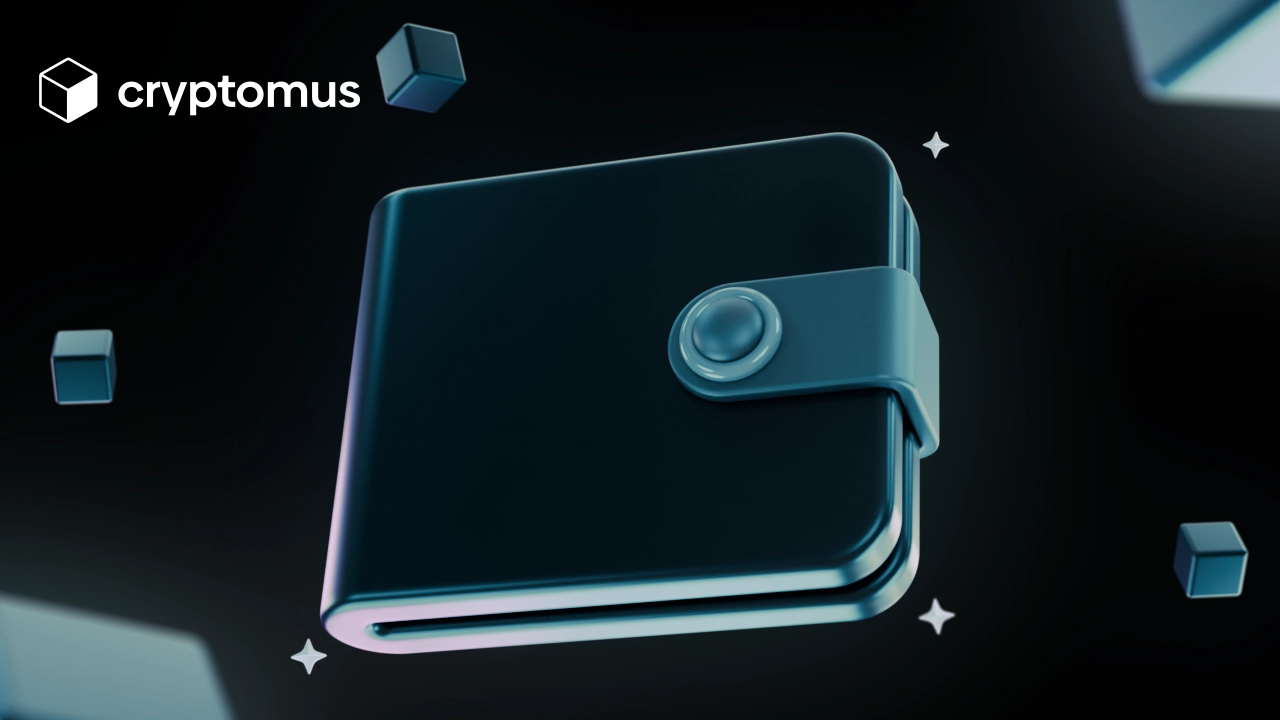
How Can I Use The Crypto Wallet?
Crypto wallets are versatile tools that allow you to perform a variety of functions beyond simply storing your digital assets. The main ways in which you can use your crypto wallet are listed below:
Buying and Selling
- Typically, buying crypto assets utilizes an exchange that tracks market trends and makes trades. This often requires access to multiple platforms, but Cryptomus simplifies this process by integrating exchange access into your wallet. In addition, the Peer-to-Peer (P2P) wallet allows direct transactions between buyers and sellers on the exchange, providing better prices and personalized deals, as well as the flexibility to transfer funds to personal or business accounts.
- Selling cryptocurrency involves transferring your assets to an exchange or P2P platform, finding the best offer and executing the transaction. When selling through a P2P platform, you negotiate directly with buyers. After the sale, the proceeds are credited to your account and can be withdrawn to your bank account or any other payment platform you prefer. Cryptomus makes this process easier with integrated exchange access and secure transactions.
Sending and Receiving
- To send funds, you need to get the recipient's wallet address. Once the transaction is completed, the cryptocurrency is sent to the wallet of another user.
- To receive crypto, give your wallet address to the sender. After the transaction is confirmed, the balance on the wallet will be topped up with the received cryptocurrency.
Withdrawal and Cashing out
- Conversion into fiat currency. Different crypto or Р2Р exchanges offer the function of selling cryptocurrency for fiat money (e.g. USD, GBP, EUR), and then you’re able to directly withdraw funds to your preferred platform.
- Use of cryptocurrency ATMs. There are ATMs that can take cash from the crypto wallet. At the time of money withdrawal, the crypto assets in your account are automatically sold. These ATMs are quite few. There are over 35,000 cryptocurrency ATMs worldwide in 2024. The majority of these machines are concentrated in North America, Europe and Asia.
Making Payments and Transferring
- Payment of goods and services. Some sellers assume cryptocurrency as a payment option, so buy commodities by sending the required amount to the merchant‘s wallet address.
- Online shopping. Some online platforms (e.g., Overstock, Starbucks, Microsoft) also accept cryptocurrency as a payment method. You can pay with cryptocurrency through direct transactions, checkouts, crypto debit cards, and gift cards. You can learn about the pros and cons of paying with cryptocurrency in our article.
Understanding Crypto Wallet Types
Crypto wallets can be classified into different categories based on their features. The main classifications of crypto wallets are hot (software) and cold (hardware) wallets, custodial and non-custodial wallets.
Hot And Cold Wallets
Hot wallets are the most common type because they provide ease of use and simple access to crypto by demanding an Internet connection. Though some hot wallets come with weak security measures, they are ideal for everyday use.
Types of hot wallets:
- Web wallets: online-based crypto wallets.
- Desktop wallets: apps on a computer.
- Mobile wallets: apps that store and control your cryptos on a smartphone (IOS, Android).
Cold wallets are storage tools that can be accessed without the Internet, which makes it more safe to keep savings. However, this type of wallet is less convenient for frequent use. The most famous crypto wallets are produced by Ledger and Trezor.
Types of cold wallets:
- Paper wallets;
- Apparat wallets and USB-stick.
In this comparative table you can see the differences between hot and cold wallets:
| Feature | Hot Wallets | Cold Wallets | |
|---|---|---|---|
| Connectivity | Hot WalletsAlways connected to the internet | Cold WalletsKept offline | |
| Security | Hot WalletsVulnerable to online attacks | Cold WalletsResistant to cyber threats | |
| Convenience | Hot WalletsEasy access for frequent transactions | Cold WalletsLess convenient for frequent use | |
| Examples | Hot WalletsMobile apps, software wallets | Cold WalletsHardware wallets, paper wallets |
Custodial And Non-Custodial Wallets
There is another classification based on the methods of securing assets.
Custodial wallets: A cryptocurrency wallet that has a third party, such as a cryptocurrency exchange or wallet service provider, acting as its "keeper" is known as a custodial wallet. They often have a simple and straightforward interface, making them accessible to users. It makes it genuinely suitable, especially for crypto beginners. Custodial wallets often provide recovery options in case users forget their password or lose access to their accounts. You can contact the support team to resolve the problem. Identity verification is also a significant advantage. To use this type of wallet, you need to pass identity verification and meet know-your-customer (KYC) requirements.
Cryptomus is also a custodial crypto wallet, which makes it quite convenient and reliable to use. You can select a wallet based on what you need. Cryptomus has three types of wallets: personal, business, and P2P. You can sign up by clicking here.
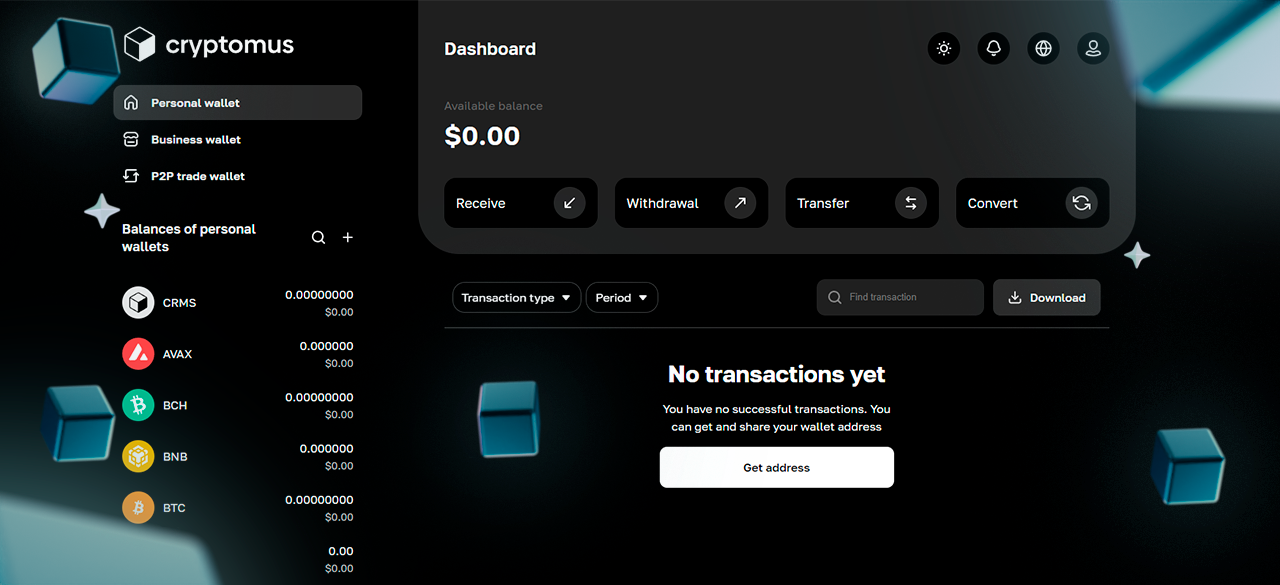
An external wallet, also known as a non-custodial one, is a closed type of wallet. Using this type of wallet, all responsibility is up to you. Only you can control the security of the wallet, which provides more privacy. However, if the private key is lost, the assets will be inaccessible.
Here is a comparative table highlighting the differences between custodial and non-custodial wallets:
| Feature | Custodial Wallets | Non-Custodial Wallets | |
|---|---|---|---|
| Control | Custodial WalletsManaged by a third party | Non-Custodial WalletsFull control by the user | |
| Security | Custodial WalletsRelies on the third party's security measures | Non-Custodial WalletsUser is responsible for security | |
| Ease of Use | Custodial WalletsUser-friendly with recovery options | Non-Custodial WalletsRequires knowledge of crypto management | |
| Examples | Custodial WalletsSoftware wallet | Non-Custodial WalletsHardware wallets |
How To Create A Cryptocurrency Wallet?
Creating a wallet is a relatively quick and simple process. To create your own one, you need to follow these steps:
- Select the most appropriate type of wallet. Strike a balance between protection and comfort, and figure out how much money you plan to keep in your wallet. For everyday use, prioritize hot wallets.
- Choose a reliable wallet provider that represents the essential security aspects. A viable choice for a digital wallet is Cryptomus. The user-friendly interface makes it easy for users to understand. Also, it keeps user data safe and secure with an account and fund protection system. You can create a crypto wallet using the link.
- Download and install. For hot wallets, install the necessary apps from the merchant’s official websites. For cold wallets, choose a trustworthy hardware seller.
- Secure your wallet. Check what protection measures your provider offers. It is important to familiarize yourself with them and protect your account as much as possible.
How to Protect Your Cryptocurrency Wallet?
- Enable two-factor authentication (2FA) for your wallet which acts as the second level of protection in the form of a one-time code and provides an extra layer of security.
- Create a complex compound password. Avoid passwords that can be easily guessed. It is also not recommended to use your date of birth and personal information as a security key. Use a strong password manager, but make sure it is secure.
- Protect Seed-Phrase. A recovery phrase is a sequence of words that will help you restore access to your wallet.
- Watch Out For Phishing Attacks. If you enter your private keys and personal data on third-party sites, verify the authenticity of any messages before entering data. Otherwise, there could be a data breach that could compromise the assets.
We hope this article has helped you choose a crypto wallet, which means your assets will be safe. Stay with us and write your opinion about crypto wallets in the comments!
Rate the article
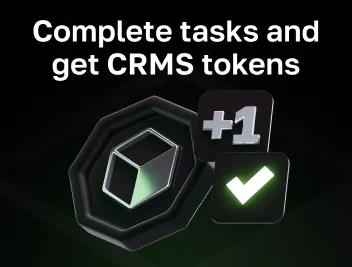

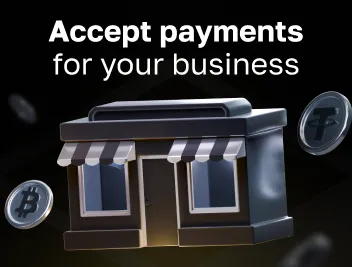
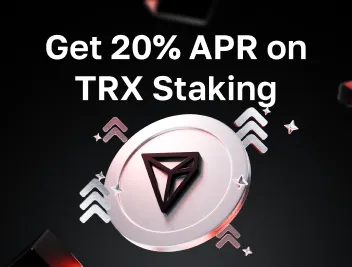




comments
0
You must be logged in to post a comment